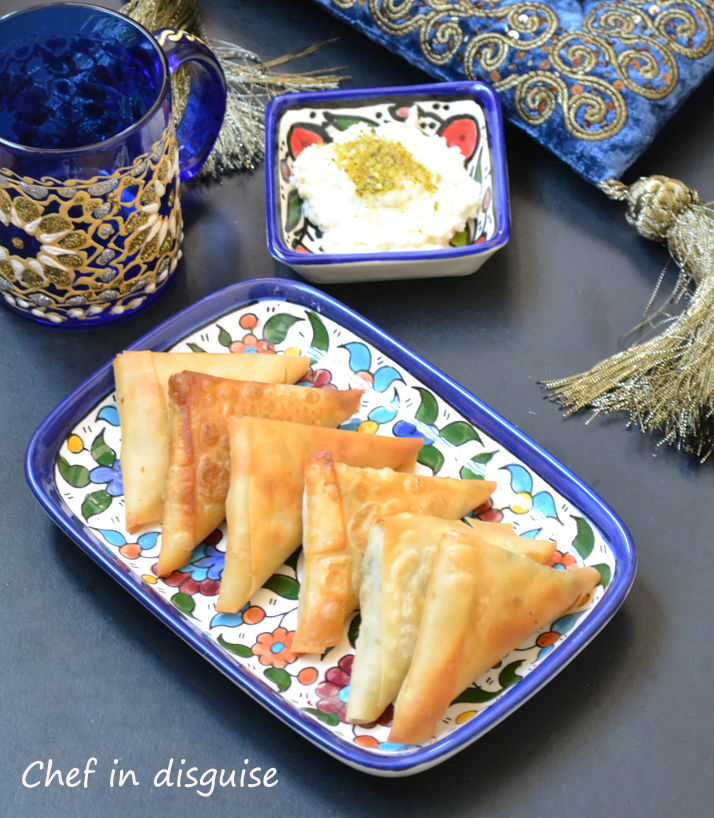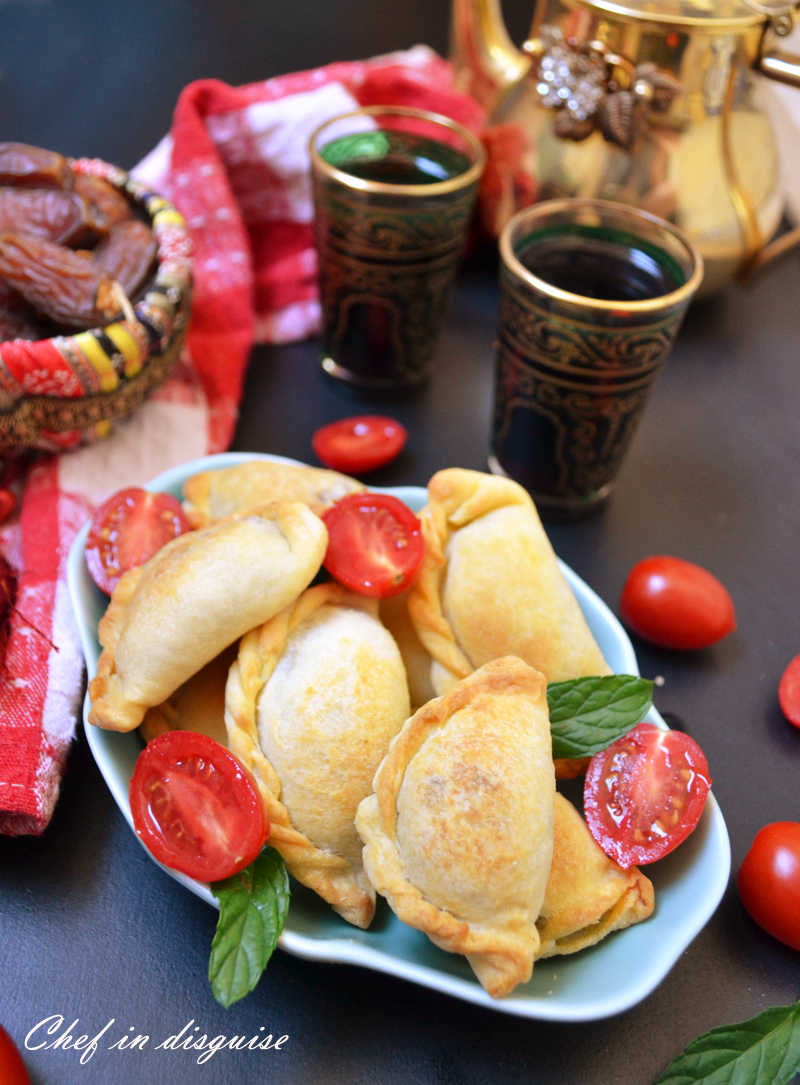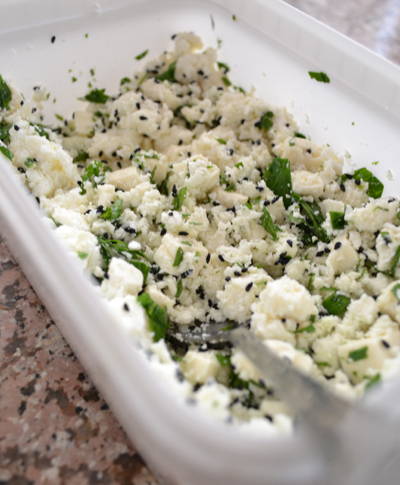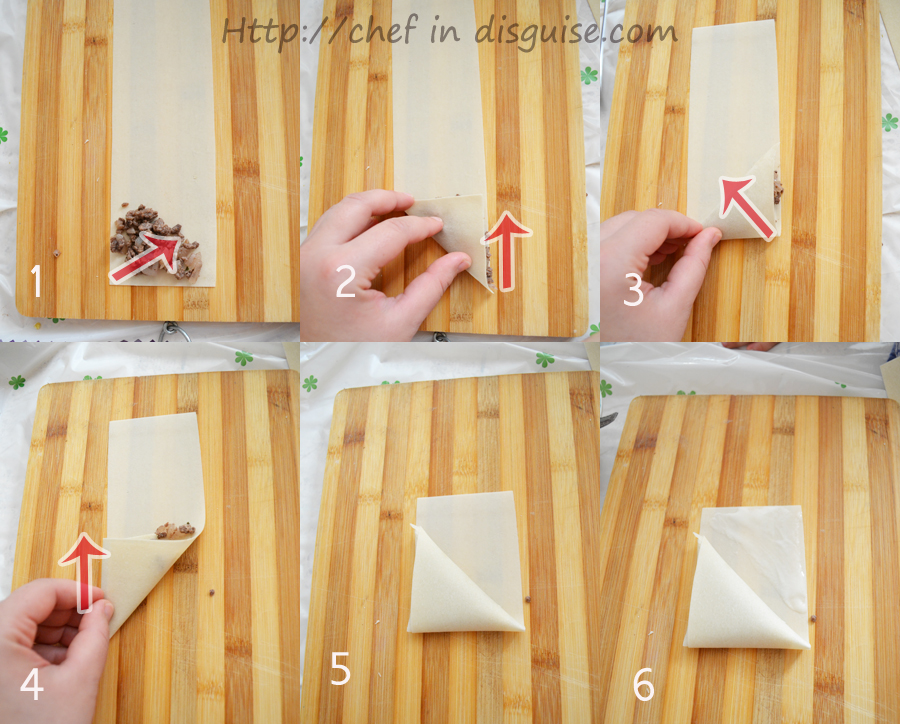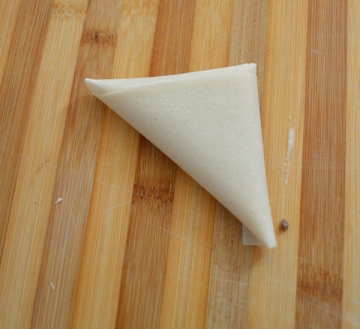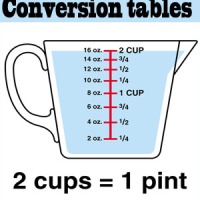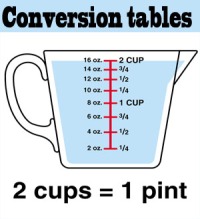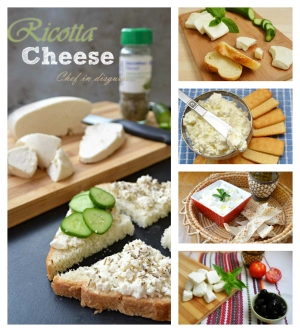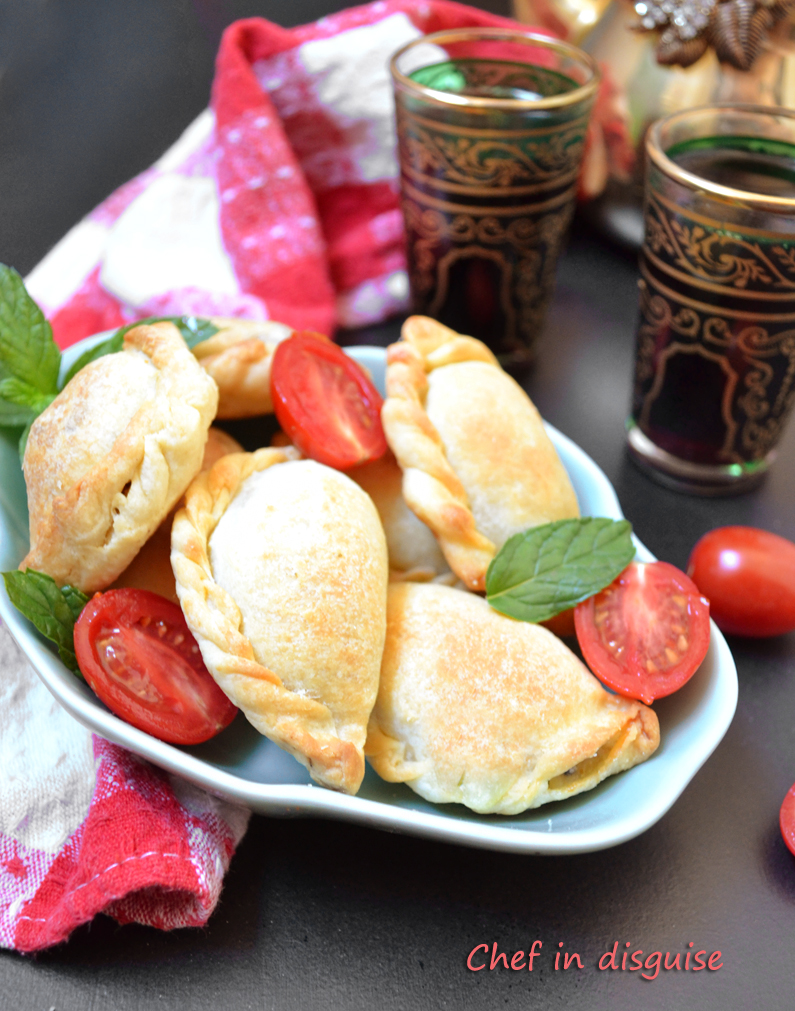
Samboosek (samosas)
- 3 cups all purpose flour
- 100 grams butter
- 1/4 cup vegetable oil
- 1/4 teaspoon salt
- 3/4 cup cold milk
- 1 egg
- 1 teaspoon vinegar
- 4 teaspoons baking powder
Filling:
Meat filling
- 1 onion, chopped finely
- 2 tablespoon olive oil
- 250 g ground beef
- Salt to taste
- 1 teaspoon all spice
- 1/4 teaspoon cinnamon (optional)
- 1/4 teaspoon cardamom (optional)
- Vegetable oil for deep frying
Cheese filling
- 2 cups of nabulsi cheese soaked the night before to reduce the salt and then drained for at least 1 hour(see notes for other cheese options)
- 2 tablespoons chopped parsley or mint
- 1 teaspoon nigella seeds (optional)
Instructions
- To prepare the pastry:
Place all ingredients except milk into a food processor and whizz until the mixture resembles fine breadcrumbs.
Add the milk slowly, while the processor is running until the dough comes together and forms a ball.
Turn the dough out onto a floured surface and knead for about 5 minutes, until it’s quite smooth
Wrap in cling film and place in the refrigerator for 30 minutes (you can do this the night before and leave the dough to rest over night in the fridge).
- To make the filling:
For the meat filling
- To assemble the samboosek (samosas):
Roll dough out on a lightly-floured surface to 3mm- 5 mm thickness.
- Bake or fry
To make samosas using store bought dough.
Store bought samosas dough comes in thin sheets stacked on top of each other and tightly packaged.
You can also use phyllo dough but since phyllo is thinner you will need to use 2-3 layers instead of one
One thing you must remember when working with phyllo or samoboosek store bought dough. They dry out really quickly so only work with a few sheets at a time and keep the others wrapped with a clean towel
How to fold samosas into triangles:
Place about 1 tablespoon of the filling at the end of each strip.
Follow the picture instructions on how to fold into triangles.
To seal the samosas mix 1 tablespoon flour with 2 tablespoons water and brush on the edge of the samosas in step 6 and then make the final fold
What I have found easier is to do steps 1 through 4 in the pictures above without the filling.
The result would be a little pocket that is easier to fill and less messy to handle than folding with the filling from step one
You can deep or shallow fry the samboosek until golden or you can brush them with some oil and bake them in the oven
To freeze samboosek: Arrange your filled samboosek on a plate, cover with plastic wrap and freeze for up to 3 months
To use phyllo:
Prepare the phyllo dough by laying out a layer, brushing it with melted butter and then topping it with another layer.
Repeat that until you get 3 layers of phyllo stacked on top of each other.
Cut the layered phyllo into 3 inch strips
Continue with the steps in the same way as explained above for the store bought samosas dough.
Notes:
Nabulsi cheese is a firm brined cheese popular in Palestine and Jordan. To replace it you can use any firm salty cheese. Feta, or paneer both work well.
You need to soak the nabulsi cheese because it is very salty but once you reduce its salt content you need to drain it really well because any water that remains in it will cause the pastry to become soggy


